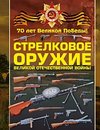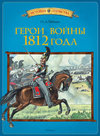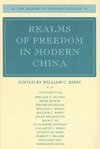
-
 Anglický jazyk
Anglický jazyk
Leo Krzycki and the Detroit Left
Autor: Don Binkowski
As Dr. Edward Jennings wisely observed, "Most Polish American historians were too conservative to be interested in radicalism. On the other hand, most historians, especially labor historians, were liberal to radical, and weren't interested in the Polish... Viac o knihe
Na objednávku, dodanie 2-4 týždne
30.33 €
bežná cena: 33.70 €
O knihe
As Dr. Edward Jennings wisely observed, "Most Polish American historians were too conservative to be interested in radicalism. On the other hand, most historians, especially labor historians, were liberal to radical, and weren't interested in the Polish community because it wasn't radical enough." However, it must be emphasized that I am presenting primarily an American perspective of liberal persuasion of the work of Leo Krzycki in the Polish Left, 1942-1950, while attempting to be loyal to the Polish cause. The Detroit Left was an infinitesimal part of Polonia. Hopefully, I have not been chauvinistic to either view. The label, "Detroit Left," resulted from many radical activities, often spawned by the Depression. The anti-Soviet writers coined the expression, "Detroit Left," based upon the perceived headquarters of the Polish Left. Only Krzycki's involvement has been researched, not the complete breadth of the Polish Left, so that their entire involvement remains to be revealed. Starting with Daniel DeLeon's "Detroit IWW," headquartered in Hamtramck, Detroit was home to the radicals in the circle of C.L.R. James known as the Johnson-Forest Tendency in the 1940s. A 1940s member of the Detroit Habonim recalled "the panoply of radical groups that existed in Detroit, not only Zionist radicals, but Communists, Trotskyites, Socialist Labor Party people, and even a few surviving Wobblies." Black Power manifested itself in DRUM and Malcolm X, dubbed "Detroit Red." "In the Detroit area, as nationally, labor did more than most civilians to win the war," stated William O'Neill. During WW II, Detroit, America's fourth largest city, became the center of America's heavy industry, the arsenal of democracy. The auto workers union, the UAW, headquartered in Detroit, represented the "most important working-class organization in all of American machine industry." Starting in 1919, B.K. Gebert (1895-1986) agitated and organized Ford workers, 1937-40. Probably, no large American city was as unionized as Detroit with such a multitude of militant CIO unions. The higher wages paid to union members allowed those few Communist Party (CP) members and radicals of other persuasions to support not only the many CP front groups in the Detroit area but also other radical groups. Smaller than Chicago, a small Polish communist cadre developed, starting in 1919 with the Glos Robotniczy (The Worker's Voice) and then in 1924 with the paper, Trybuna Robotnicza (The Workers Tribune) by Gebert. With the most Polish city in America, Hamtramck, in its territorial center, Detroit became a central geographical location in America with its many Polish organizations and buildings. The Polish Workers Hall erected in 1919 at 3014 Yemans, Hamtramck, developed into the center for the Polish Left. Joseph Kowalski, the first Pole on the executive board of the Communist Party of the USA (CPUSA or CP), made Detroit his headquarters. Marrying a Detroiter in 1920, Gebert also headquartered himself in Detroit. Stanley Nowak (1903-1994) settled in Detroit and pioneered the rise of the United Automobile Workers. His Polish Trade Union Committee consisted of militant CP members. They used the radio as effectively than FDR. However, it must be remembered that the socialists, active for over 40 years, paved the way for the CPUSA, created in 1919 from left-wing groups expelled by the Socialist Party. Tadeusz Radwanski (1884-1960) not only edited the various newspapers but developed a CP correspondence course in Polish. In 1936, the Polish left founded the Glos Ludowy (The People's Voice, 1936-1991) which because the official organ of the Polonia Society, IWO, headed by Gebert. Edited by Henry Podolski; Wladyslaw Kucharski (1883- 1960); Thomas X. Dombrowski (1917-1956); Conrad Komorowski (1906-1991); Adam Kujtkowski et al., the Glos Ludowy paper had a national circulation and it was lat
- Vydavateľstvo: Xlibris US
- Rok vydania: 2002
- Formát: Paperback
- Rozmer: 216 x 140 mm
- Jazyk: Anglický jazyk
- ISBN: 9781401039950
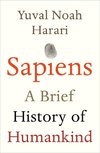
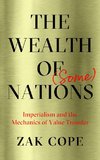
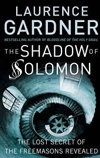


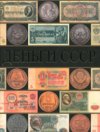
 Ruský jazyk
Ruský jazyk 
